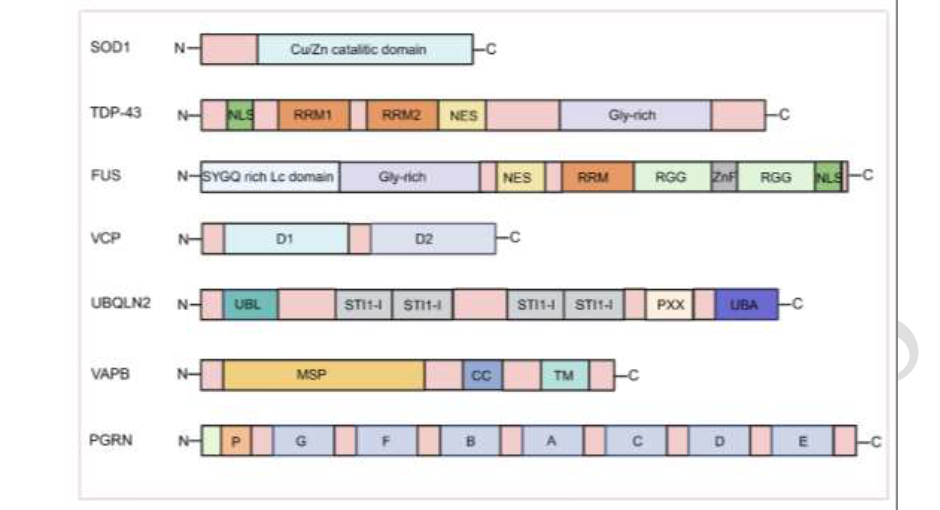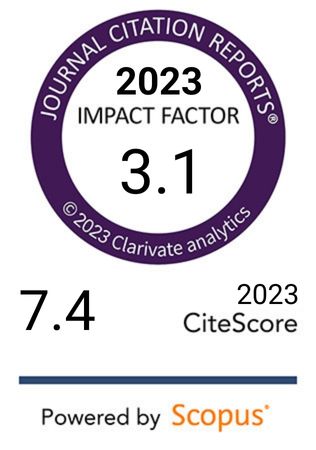Skin pathology in ALS: Diagnostic implications and biomarker potential
DOI:
https://doi.org/10.17305/bb.2025.12100Keywords:
Amyotrophic lateral sclerosis, ALS, skin, biomarkers, diagnosis, protein aggregationAbstract
Amyotrophic lateral sclerosis (ALS) is a fatal neurodegenerative disease characterized by the loss of motor neurons in the spinal cord and brain, resulting in motor deficits and muscle atrophy. Approximately 5–10% of ALS patients are familial (fALS), while the rest are sporadic (sALS). Currently, early diagnosis of ALS cannot be achieved based on clinical manifestations and electromyography due to the lack of effective and easily available biomarkers. The skin and central nervous system (CNS) share the same embryonic origin. Several skin biomarkers have been found in many neurodegenerative diseases, such as abnormal deposition of pathological α-synuclein (α-Syn) in Parkinson's disease. Thus, molecular changes in the skin associated with ALS-specific pathological events could readily be detected and become biomarkers for ALS through skin testing. Here, we summarize the literature on pathological changes in the skin of ALS patients and animal models, including structural abnormalities of the skin, reduced density of skin nerve fibers, abnormal protein aggregation, altered mitochondrial morphology and function, and dysregulation of skin inflammation, which may be useful for early diagnosis and monitoring of ALS progression.
Citations
Downloads

Downloads
Published
License
Copyright (c) 2025 Ying Gao, Yanchao Lu, Ranran Chen, Shumin Zhao, Jialing Liu, Sutian Zhang, Xue Bai, Jingjing Zhang

This work is licensed under a Creative Commons Attribution 4.0 International License.









